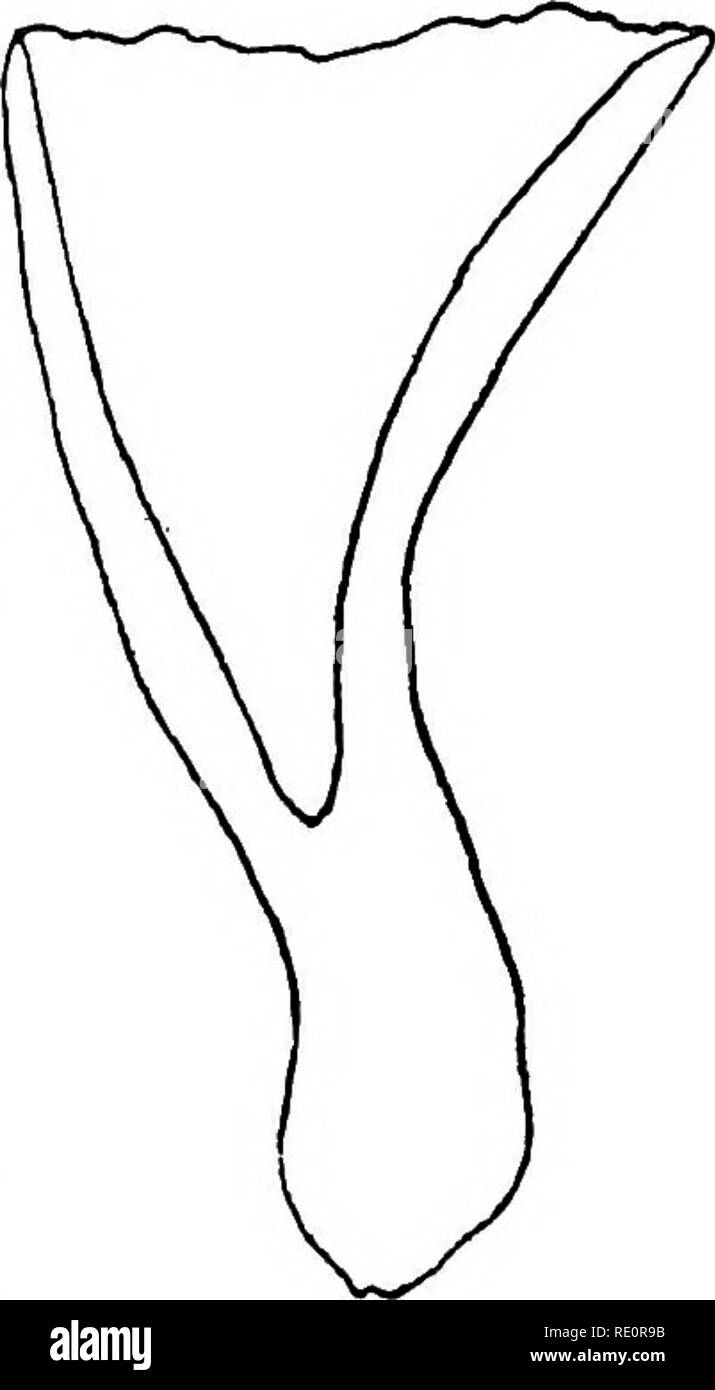. The mushroom book : a popular guide to the identification and study of our commoner Fungi, with special emphasis on the edible varieties . Mushrooms; Mushrooms, Edible; Cookery (Mushrooms); cbk. White-spored Series GENUS CANTHARELLUS The members of the genus Cantharellus differ from all other gill-bearing fungi in that the gills are in the form of shallow folds growing down the stem. The folds are generally harrow and forked or branching. The name Cantharellus, meaning little cup or goblet, refers to the shape of the fungus, some of the species being so deeply depressed that a cup not unlike

Image details
Contributor:
The Book Worm / Alamy Stock PhotoImage ID:
RE0R9BFile size:
7.1 MB (115.6 KB Compressed download)Releases:
Model - no | Property - noDo I need a release?Dimensions:
1173 x 2130 px | 19.9 x 36.1 cm | 7.8 x 14.2 inches | 150dpiMore information:
This image is a public domain image, which means either that copyright has expired in the image or the copyright holder has waived their copyright. Alamy charges you a fee for access to the high resolution copy of the image.
This image could have imperfections as it’s either historical or reportage.
. The mushroom book : a popular guide to the identification and study of our commoner Fungi, with special emphasis on the edible varieties . Mushrooms; Mushrooms, Edible; Cookery (Mushrooms); cbk. White-spored Series GENUS CANTHARELLUS The members of the genus Cantharellus differ from all other gill-bearing fungi in that the gills are in the form of shallow folds growing down the stem. The folds are generally harrow and forked or branching. The name Cantharellus, meaning little cup or goblet, refers to the shape of the fungus, some of the species being so deeply depressed that a cup not unlike a tall goblet results. Cantharellus floccosus (Edible) (See Plate Facing Page 136) Cap or Pileus—Funnel form or trumpet shaped, depressed even into the stem. The surface of the depression is woolly or scaly. The scales some- times persist and sometimes dis- appear. Reddish yellow, fading to yellow. Gills or LamellcB—Blunt, narrow, close; forked branched so as to appear as a network. Yellow to yellow brown. Stem or Stipe—Short, smooth, or hairy. Sometimes extending like a root among fallen leaves. Spores—White. i%jA—White, thin. Time—July to September. Habitat—In groups in woods. The specimen pictured was found grow- ing in moss by a stream among laurels and rhododendrons. Section of c. floccosus GENUS AMANITOPSIS The genus Amanitopsis has white spores, the gills free from the stem, and at the base of the stem a volva, the remains of the wrapper which enclosed the young plant. There is no annulus or ring on the stem, a feature which separates the genus Amani- topsis from the genus Amanita. CSn-thi-rel'-lfls FlSc-co'-sfis A-mSn'-I-t6p'-sts Si. Please note that these images are extracted from scanned page images that may have been digitally enhanced for readability - coloration and appearance of these illustrations may not perfectly resemble the original work.. Marshall, Nina L. (Nina Lovering). Garden City, N. Y. : Doubleday, Page